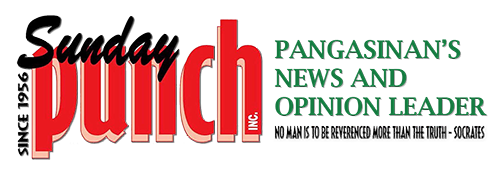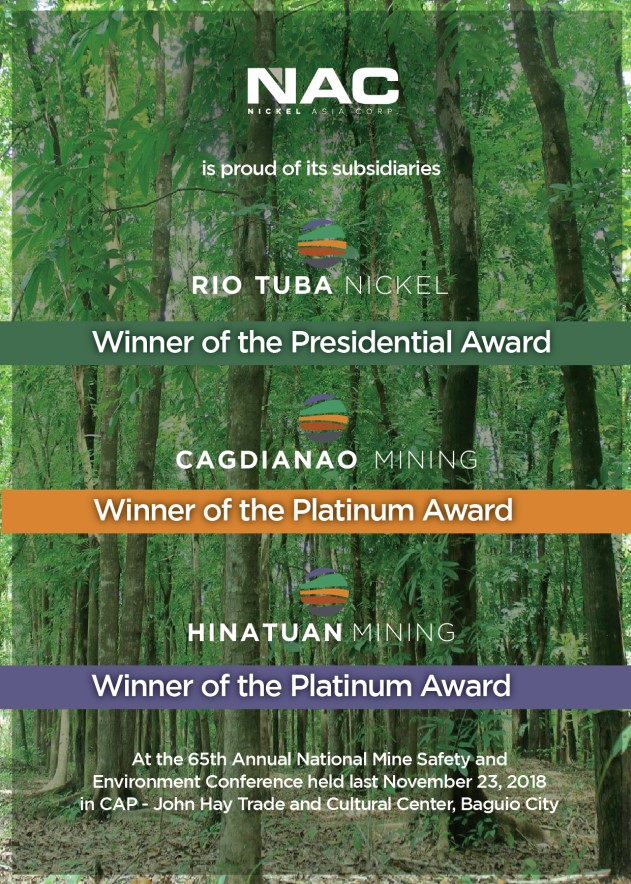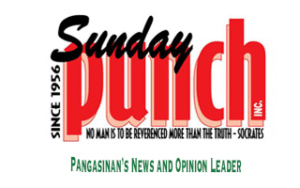Business Proposition
The versatile bakawan

By Roberto Garcia
DID you know that a hectare of mangrove forest has an estimated economic value of US$600 in just one year according to resource economists? Why is this so?
Mangroves, locally known as bakawan or pakar, are salt-tolerant trees commonly found along brackishwater rivers and coastal areas such as in the Lingayen Gulf, including Dagupan City.
Unknown to many, mangrove forests have multiple functions and uses. They serve as spawning, nursery, feeding and breeding areas to hundreds of marine life including the bangus and sugpo fry, and refuge to many land animals such as shore birds, bats, crocodiles, monkeys, and insects. They could also be a sustainable source of lumber, firewood, and charcoal. More importantly, they are effective natural barriers to strong winds and waves thus stabilizing the environment and protecting coastal settlements.
In Dagupan as in other places, mangrove plants are sown along fishpond dikes in rivers to prevent erosion. Also, mangrove seeds and seedlings can be collected and sold for mangrove reforestation or for the mangrove nursery. In some areas, a portion of mangrove forest is fenced off without destroying the trees and where fish and mudcrab are cultured commercially. Another popular money-making venture is the promotion ecotourism in heavily forested mangrove areas where boat cruise, kayaking, birdwatching, and fishing are favorite activities.
Have you heard of the festive river cruises in Zamboanga del Norte, Bohol and now in Dagupan? How about birdwatching in Bani?
The list is, indeed, endless on the value of the mangrove resource to the environment and to man.
On the other hand, the loss of this valuable resource could adversely affect fish catch and food supply, destruction of coastal settlements, extinction of certain plants and animals, and depletion of basic materials for human existence. From 500,000 hectares of mangrove cover in 1920, only 138,000 hectares are left nationwide. For this reason, several local and international efforts geared towards the protection and reforestation of mangrove forests have been instituted.
A good case in point is the establishment of the Marine Protected Area of Bangrin, a 42-hectare mangrove area located in San Miguel, Bani, which is co-managed by fisherfolks and the local government. Here, the protection and reforestation are being showcased. It also boasts of 10 mangrove species and 38 bird species inhabiting the area. Thus, it has become a popular destination for students, environmentalists, scientists, government officials, and tourists.
A lot is at stake in conserving this very important resource that urgent measures are needed to protect and sustain it. A healthy mangrove resource translates into a healthy nation.






